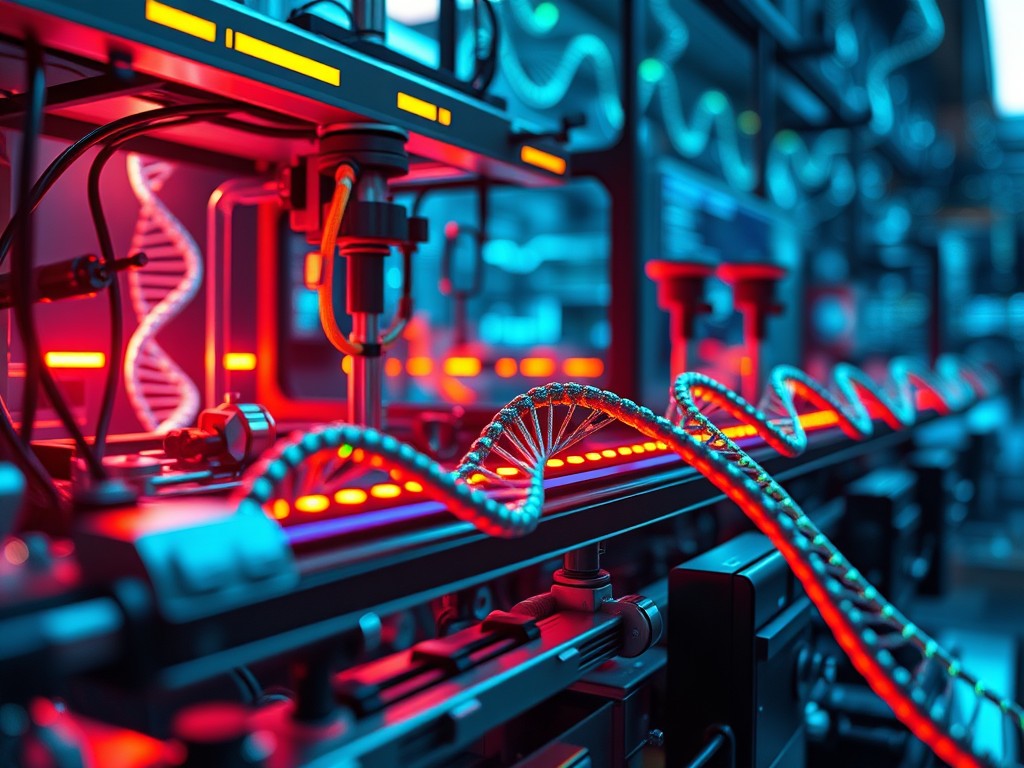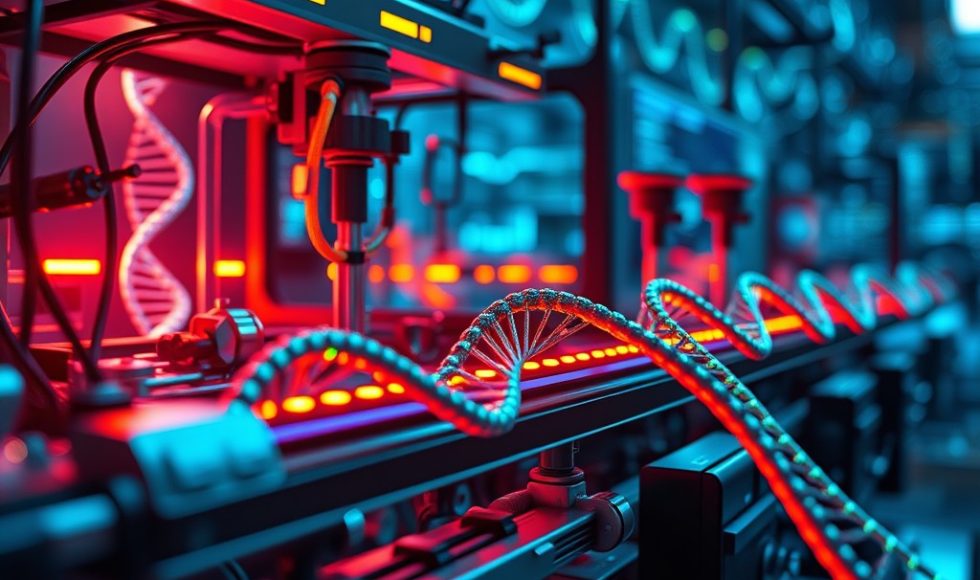Tonight I continued watching the ISME19 Workshop by KBase: “From Reads to Function, Day 1.” Kelly Wrighton presented on “Metagenomics 101: From Reads to Bins.” Wrighton is at Colorado State. Wrighton co-runs the Microbial Ecosystems Lab. They defined microbiome as “the study of microorganisms, their genomes, and their surrounding chemical and other environmental conditions.” I appreciate how this definition includes chemical and other environmental conditions. This definition truly incorporates metadata. Wrighton thinks metagenomics opened up microbiome for the world. They explained that the metagenome is the “microbial genomic content sequenced directly from the environment without the need for isolation or lab cultivation.” The three key steps from this session, Wrighton noted, are: DNA is sequenced into reads, reads are assembled into contigs, and contigs are binned into metagenome assembled genomes (MAGs) or bins.
Step 1 is read quality control. Wrighton used Trimmomatic and FastQC reports to compare reads before and after trimming. This process takes DNA sequencing output, reads, to trimmed reads. Wrighton noted that while some genomes can assemble well, others are hard to assemble and don’t… and it gets more complicated with metagenomes. Assembly was defined as the computational stitching together of reads to create longer contiguous sequences or contigs. Wrighton acknowledged that an assembly does not include all of the data. The cutoff is somewhat arbitrary and they set it to >2,500 bp because the average bacterial gene is ~800 bp. Wrighton spoke about assessing how good an assembly is: how many reads go into it, what the largest contig is, and how much of the data is in small, unbinned sizes… Binning clusters contigs from similar genomes based on shared signature: “genomic bins.” Wrighton’s slide had a thought-provoking definition: bins = genome-level metabolic potential. Binning is done and completeness assessed using single-copy marker genes. The community has established completion and contamination guidelines. Binning is not perfect, noted Wrighton. Yet it is a powerful way to learn about the genomic potential of communities!



